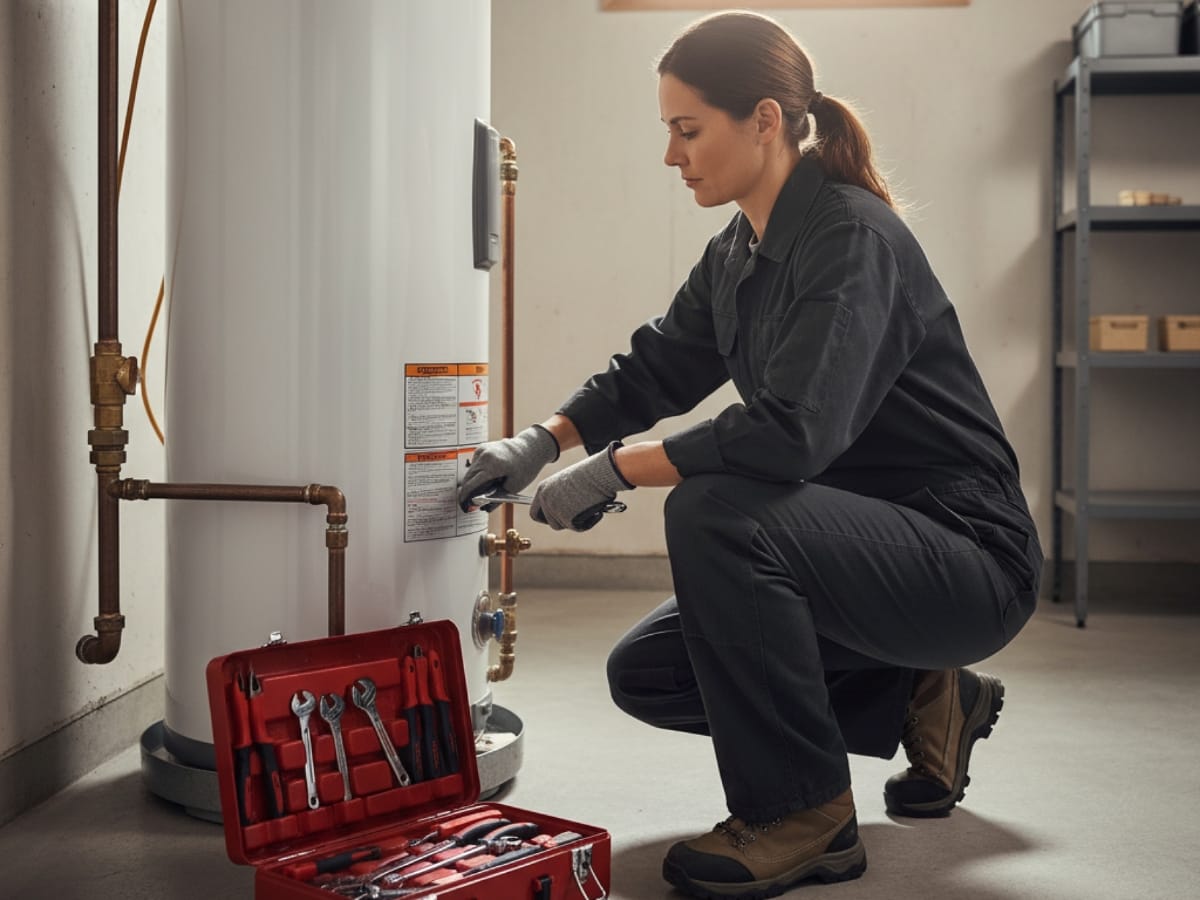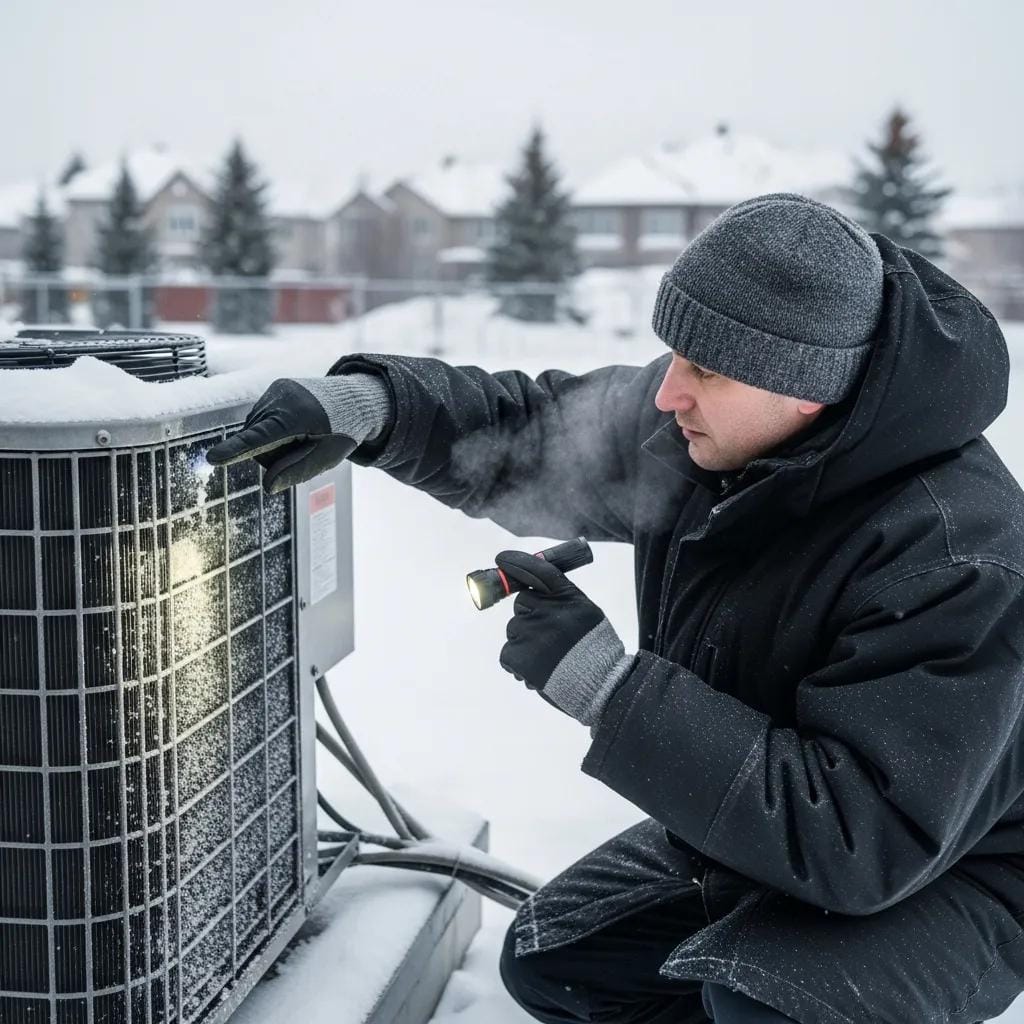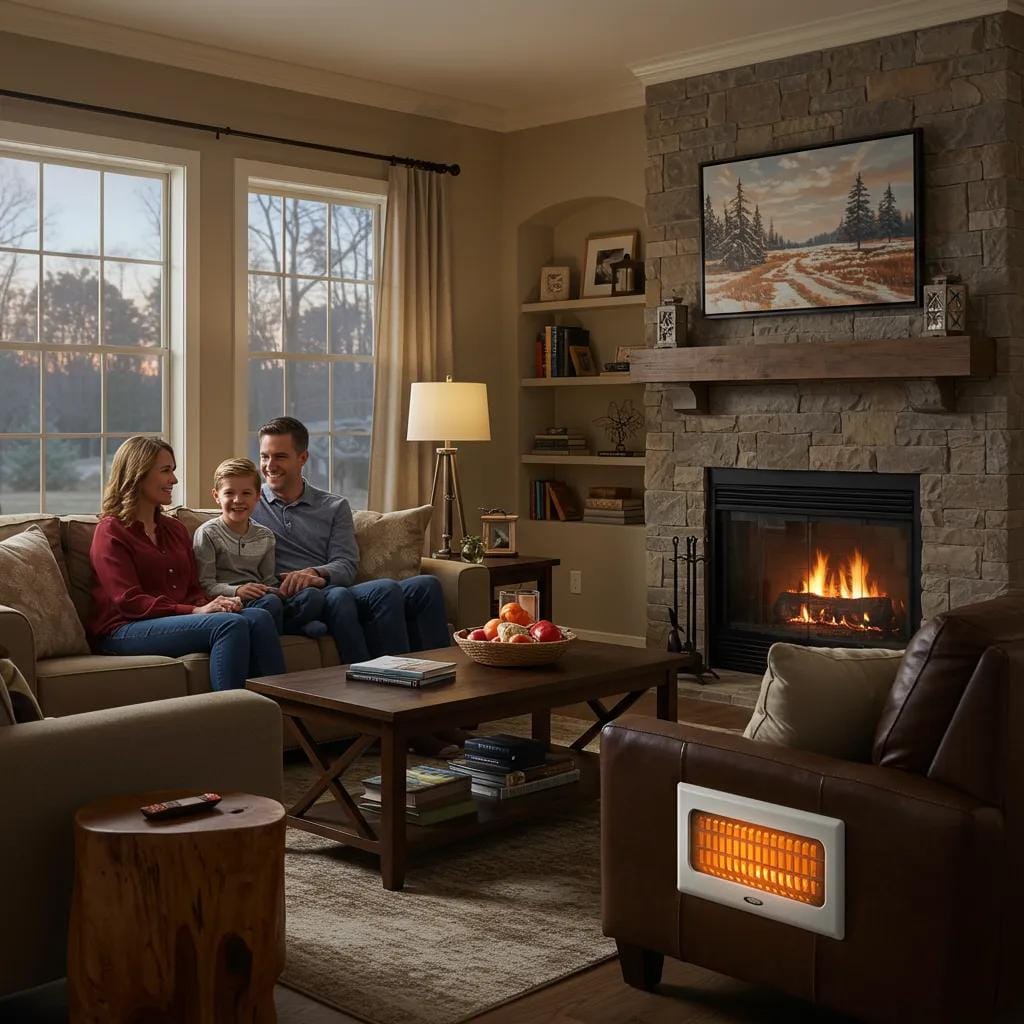As the back-to-school season kicks off in Smyrna, families are shifting gears into busy routines—and the last thing you need is a home that’s too warm or energy bills that spike unexpectedly. With Georgia’s lingering summer heat, your HVAC system plays a crucial role in maintaining indoor comfort while juggling increased household activity. Now is the perfect time to give your system a quick check-up and implement energy-saving strategies that keep your home cool without straining your wallet. In this guide, we’ll share practical back-to-school HVAC tips to ensure your family stays comfortable and efficient all season long.
Back-to-School HVAC Tips Smyrna Families Shouldn’t Miss
How Can You Prepare Your HVAC System for the Back-to-School Season?

A well-maintained HVAC system delivers reliable comfort and energy savings, especially during the back-to-school HVAC rush. In Smyrna, where temperatures can swing from warm mornings to cool evenings, scheduling a thorough inspection and tune-up before the school year begins ensures your system runs smoothly and efficiently when occupants return to full-time occupancy.
Key Steps in a Back-to-School HVAC Tune-Up for Smyrna Homes
Start by clearing vegetation, leaves, and debris from around the outdoor condenser unit to maintain proper airflow. Next, clean the condenser coils to improve heat transfer and reduce the load on your compressor. Technicians then check refrigerant pressures and top off levels if needed, preventing excessive wear on system components. Electrical connections—including capacitors, contactors, and wiring—are examined for signs of overheating or corrosion, and any worn parts are replaced. Finally, the thermostat is calibrated to guarantee accurate temperature control, eliminating uneven cooling cycles and unnecessary energy use.
Improving Performance and Indoor Air Quality Through Duct Cleaning
Over time, dust, pollen, pet dander, and other particulates accumulate in ductwork, restricting airflow and forcing the system to work harder. Cleaning ducts removes these deposits, restoring full airflow and reducing strain on the blower motor. With clear passages, cooled air reaches every room more effectively, eliminating hot or cold spots.
In regions like Smyrna—where outdoor allergens can infiltrate through fresh-air intakes—clean ducts also help maintain healthier indoor air. Pairing duct cleaning with ultraviolet germicidal lights or high-efficiency air purifiers further reduces microbial growth and airborne contaminants, creating a safer environment for students and staff alike.
Optimal Air Filter Replacement for Consistent Cooling
Air filters capture airborne particles before they enter the system, protecting coils and ensuring clean air delivery. A clogged filter forces the fan to work harder, raises energy consumption, and allows dust to bypass filtration, leading to coil fouling and reduced cooling capacity. Under typical conditions, filters should be changed every 90 days. Homes with pets or high dust loads—and schools with increased occupancy—may require replacements every 30 to 60 days. In Smyrna’s humid climate, using high-efficiency or HEPA-rated filters helps guard against mold growth on the filter media and keeps indoor air quality at peak levels.
Timing and Professional Maintenance
Plan your HVAC service in late summer before peak demand hits. A professional tune-up at this time uncovers developing issues—refrigerant leaks, worn belts, or failing motors—while there’s still time to address them without waiting weeks for repair crews. After the initial inspection and cleaning, set a reminder for mid-winter maintenance to prepare for heating demands. Keeping a consistent service schedule not only optimizes comfort and air quality but also extends the lifespan of your equipment, ultimately reducing repair costs and energy bills throughout the school year and beyond.
What Are the Best Energy Efficiency Tips for Back-to-School HVAC Use?
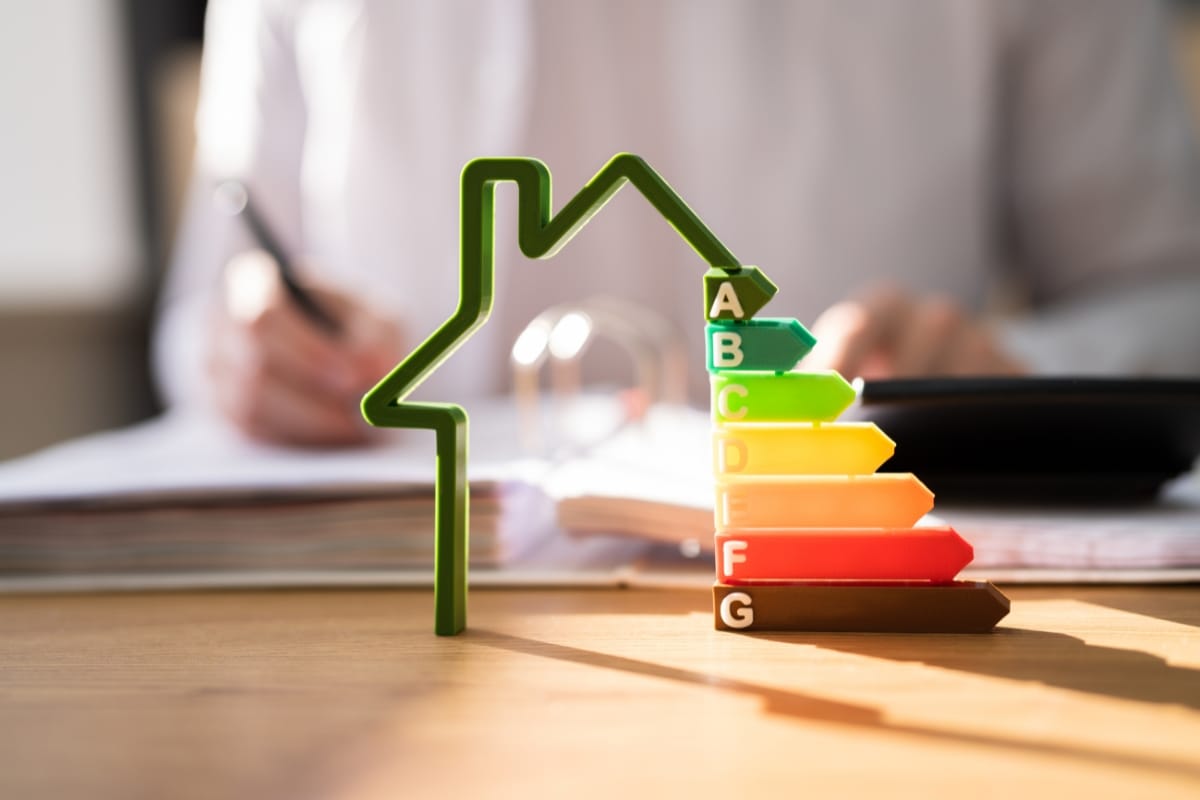
Keeping energy costs under control while maintaining comfort becomes more important when students return to school and families settle into a new routine. In Smyrna’s warm months, a few targeted strategies can help your HVAC system run more efficiently, lowering utility bills and extending the life of your equipment.
How Should You Set Your Thermostat to Save Energy During School Days?
The simplest way to save energy is through smart thermostat scheduling. Programmable or app-enabled thermostats let you raise the temperature while the house is empty and bring it back down before everyone arrives home. For example, setting the cooling target to around 78°F during daytime hours and reducing it to 74°F in the early evening balances savings with comfort.
This shift eases the load on the compressor without sacrificing livability. Some systems even learn your family’s patterns and make automatic adjustments, ensuring that the HVAC only works when it needs to. By moderating indoor temperatures when rooms are unoccupied, homeowners can cut cooling costs by up to 15 percent over the season.
Which Energy-Efficient HVAC System Upgrades Are Worth Considering?
If your air conditioner has been in service for more than a decade, it may be worth replacing with a modern unit that carries a higher Seasonal Energy Efficiency Ratio (SEER) rating. Newer heat pumps and air conditioners can exceed the minimum efficiency standards, translating into noticeable savings each month.
Upgrading to a smart thermostat adds another layer of control, letting you monitor energy use from your phone and tweak settings in real time. Old or leaky ductwork often allows cooled air to escape into attics or crawl spaces, so replacing worn ducts with new, well-sealed materials can improve airflow and reduce wasted energy.
You might also consider installing an energy recovery ventilator. This device brings in fresh outdoor air while capturing much of the coolness you paid to produce, cutting the extra conditioning the system would otherwise need. Finally, insulating accessible HVAC components—such as duct joints and air handlers—helps maintain target temperatures as air travels through the system, preventing ineffectual temperature swings.
How Can Smyrna Homeowners Reduce Energy Bills During Peak Cooling Months?
Routine maintenance is the foundation of peak performance. Cleaning or replacing air filters, clearing debris from condenser coils, and scheduling professional tune-ups ensure the system runs smoothly. Sealing gaps around windows, doors, and duct connections also prevents conditioned air from leaking out and forcing the system to work harder. If your home has distinct living areas, smart zoning systems allow you to cool only the spaces in use, rather than the entire house at once.
Finally, an energy audit can reveal hidden inefficiencies—such as poor attic insulation or improperly calibrated thermostats—and suggest targeted improvements. By combining thermostat programming, strategic upgrades, and consistent maintenance, Smyrna homeowners can keep their cooling bills in check and avoid unnecessary strain on their HVAC systems throughout the busy back-to-school season.
How Can You Improve Indoor Air Quality for a Healthier Back-to-School Environment?
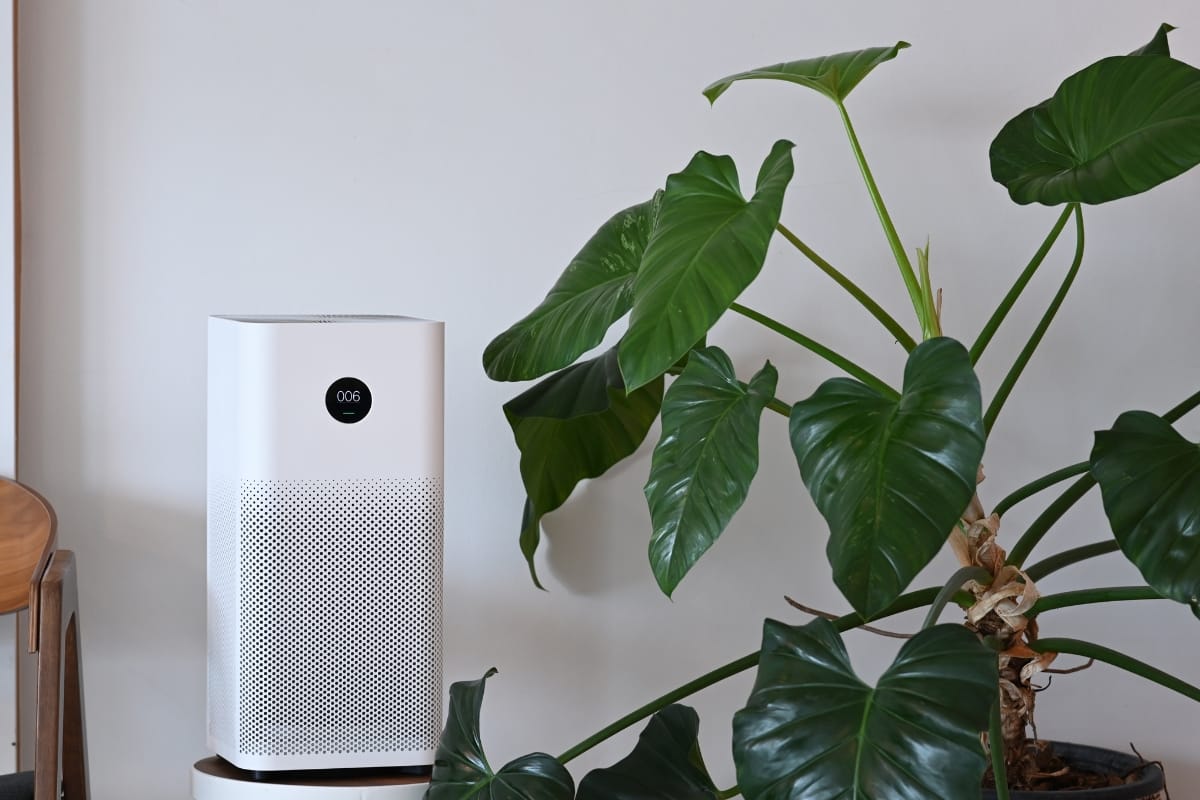
Improving indoor air quality is essential for a healthy back-to-school environment. As students and family members spend more time indoors, airborne pollutants such as dust, pollen, pet dander, and volatile organic compounds (VOCs) can accumulate and aggravate allergies, asthma, and other respiratory issues.
Cleaner air also helps HVAC systems operate more efficiently by reducing dust buildup on coils and in ductwork. By combining targeted air purification, adequate ventilation, and regular system upkeep, homeowners can create a safer, more comfortable indoor atmosphere that supports health and learning.
Choosing the Right Air Purifiers
Effective air purifiers for Smyrna homes use True HEPA filters to capture at least 99.97 percent of particles down to 0.3 microns, including pollen and pet dander. An activated carbon layer can further adsorb common indoor pollutants such as cooking odors, cleaning solvents, and off-gassing from furniture.
When selecting a unit, look for a high Clean Air Delivery Rate (CADR) that matches the size of the room—living rooms and open-plan spaces require higher CADR ratings than individual bedrooms. Position purifiers centrally or in areas where the family gathers most, and run them on a continuous or scheduled basis to maintain a steady turnover of filtered air. Because filters eventually clog, replace them according to the manufacturer’s recommendations—typically every three to six months—to preserve performance and avoid strain on the fan motor.
Ensuring Proper Ventilation
Ventilation brings fresh outdoor air indoors and helps dilute and remove indoor pollutants. In tightly sealed homes, pollutant levels can climb quickly, so mechanical ventilation—such as energy recovery ventilators (ERVs) or heat recovery ventilators (HRVs)—can be especially beneficial. These systems exchange stale indoor air for conditioned outdoor air while transferring heat or coolth, minimizing energy loss.
In rooms without dedicated ventilation, running exhaust fans in kitchens and bathrooms for at least 20 minutes after cooking or showering helps remove moisture and odors at the source. Opening windows briefly on dry, low-pollen days creates natural airflow that flushes out trapped particles. Maintaining clear intake grilles and exhaust vents ensures unobstructed air exchange and prevents moisture-related problems like mold growth.
Maintaining Your HVAC System
A clean, well-tuned HVAC system plays a critical role in controlling indoor allergens. Replace standard filters with high-efficiency pleated filters rated MERV 8 or higher to capture finer particles without restricting airflow. Monitor filters monthly and change them sooner if they appear dusty. Schedule professional duct cleaning every three to five years to remove accumulated dust, pet hair, and debris that can harbor mold spores.
During seasonal tune-ups, technicians clean coils, check refrigerant levels, and inspect blower assemblies for dust buildup—steps that optimize airflow and prevent energy waste. Proper humidity control, maintained between 40 and 60 percent, discourages mold growth and enhances occupant comfort. Some systems include built-in humidifiers or dehumidifiers; if yours does not, standalone units can address moisture imbalances in specific rooms.
What Smyrna-Specific Back-to-School HVAC Considerations Should Homeowners Know?

In Smyrna’s climate, HVAC systems must handle hot, humid summers and cooler, damp fall evenings. Balancing temperature control with humidity management is key to maintaining comfort and system efficiency. Homeowners should plan maintenance and upgrades around these unique weather patterns to avoid unexpected breakdowns and rising energy bills.
How Does Smyrna’s Climate Affect Back-to-School HVAC Needs?
During the back-to-school transition, Smyrna often sees warm daytime highs alongside cooler mornings and evenings. These swings can lead to overuse of air conditioning or heating if the system isn’t adjusted promptly. High humidity in late summer encourages mold and mildew in ductwork and on coils, reducing airflow and efficiency. An early fall tune-up—cleaning coils, checking refrigerant levels, and testing humidity controls—prevents clogged filters and moisture buildup. By calibrating thermostats and inspecting controls before occupancy increases, homeowners ensure their systems deliver consistent comfort without wasting energy.
How Do You Choose the Right HVAC System Size for Smyrna Homes?
Picking the correct system capacity involves more than matching square footage. Local weather data, insulation quality, window efficiency, ceiling height, and home orientation all factor into load calculations. An oversized unit cools too quickly, cycling on and off and failing to remove humidity effectively, while an undersized model runs constantly, driving up wear and energy use. Professional load calculations use industry-standard software to analyze home characteristics and Smyrna’s climate, delivering a precise recommendation. This tailored approach results in balanced temperature control, longer equipment life, and lower utility costs.
What Local HVAC Services Does Smyrna Comfort Solutions Offer for Back-to-School?
Smyrna HVAC providers offer a range of services designed to prepare systems for increased usage. Comprehensive inspections include measuring airflow, testing electrical connections, and evaluating thermostat performance. Routine maintenance covers filter replacement, coil cleaning, and lubricating moving parts. If emergency repairs arise—such as compressor failure or refrigerant leaks—experienced technicians diagnose and fix issues with minimal downtime.
Energy-efficiency upgrades like installing smart thermostats, sealing ductwork, and adding zoning controls help homeowners fine-tune temperature settings and reduce waste. Some companies also perform energy audits to identify insulation gaps and air leaks that compromise performance. By combining preventive care with targeted improvements, Smyrna homeowners can rely on their HVAC systems for smooth, cost-effective operation throughout the busy school season.
What Are Common Signs Your AC Needs Repair Before School Starts?
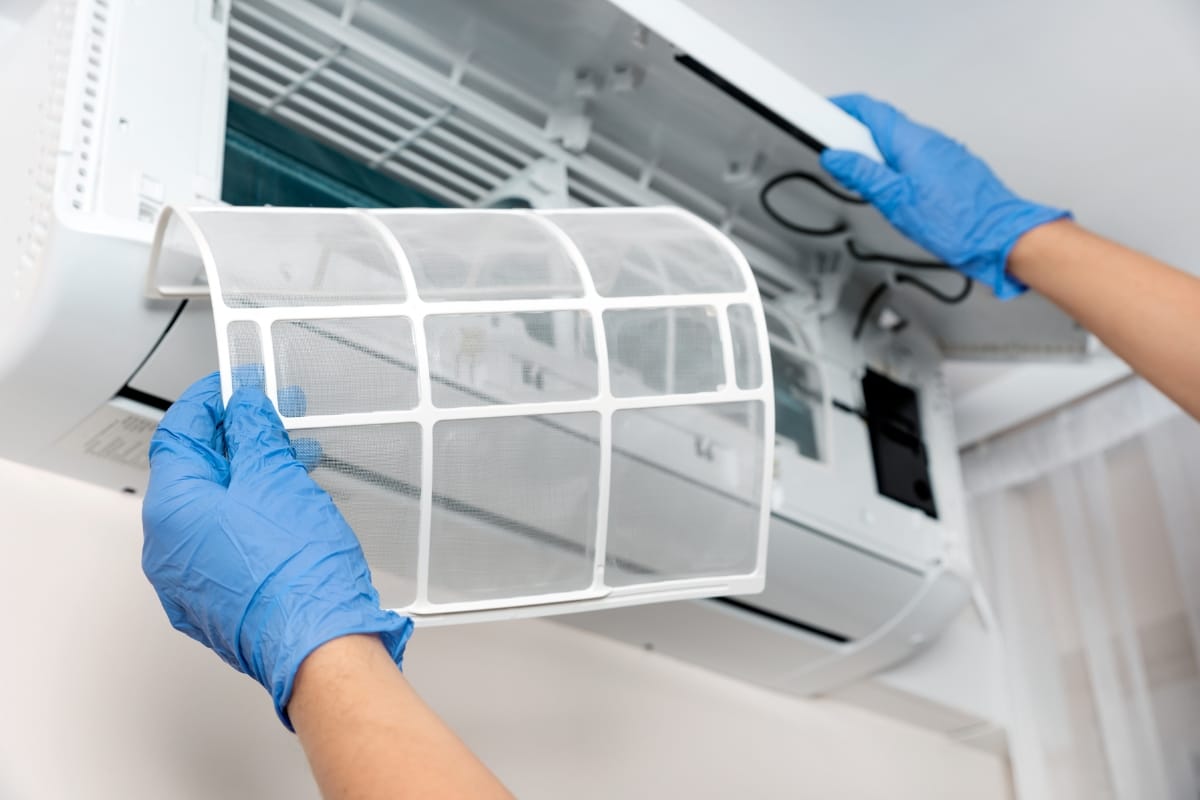
As families settle back into the school-year routine, a reliable air conditioner is essential for keeping study spaces and common areas comfortable. Catching early warning signs of trouble can prevent unexpected breakdowns when you need cooling the most.
Reduced Cooling Performance and Unusual Noises
One of the first indicators that an air conditioner may need attention is a noticeable drop in cooling output. If rooms no longer reach the thermostat setting or take much longer than usual to cool down, the system may be low on refrigerant or suffering from restricted airflow caused by clogged filters or dirty coils. Another red flag is ice forming on the evaporator coil or refrigerant lines, which happens when inadequate refrigerant or poor airflow causes the evaporator to run too cold.
At the same time, listen for sounds that don’t belong—banging, rattling, or high-pitched squeals can all point to loose hardware, worn bearings, or failing belts. Addressing these issues early allows technicians to tighten fittings, replace worn parts, and restore normal operation before minor problems evolve into major repairs.
Persistent Cycling, Humidity Spikes, and Rising Energy Bills
An AC unit that cycles on and off more frequently than usual, or that runs continuously without reaching the set temperature, may be struggling with incorrect refrigerant levels or malfunctioning controls. In either case, the system works harder and consumes more energy. Homeowners often notice their utility bills climbing without any change in usage patterns. At the same time, one of the most overlooked signs of a struggling air conditioner is a sudden increase in indoor humidity.
Proper cooling should remove moisture from the air as it cools; when the evaporator coil is dirty or the system is mischarged, it cannot dehumidify effectively, leaving the house feeling damp and uncomfortable even though the thermostat may read a normal temperature. Monitoring both energy statements and indoor humidity levels provides a clear picture of overall system health.
Water Leaks, Foul Odors, and Electrical Issues
Water pooling around the indoor unit or drip pan often signals a clogged condensate line or a malfunctioning pump. If left unresolved, standing water can lead to mold growth, structural damage, and indoor air quality concerns. Similarly, musty or rotten-egg odors coming from the vents suggest microbial growth on the coils or within the ductwork, which requires professional cleaning to remove and disinfect affected components.
On the electrical side, any tripped breakers or sparks at the unit’s disconnect should be treated as an emergency. Loose wiring, corroded connections, or failing capacitors can pose fire risks and equipment damage. Early inspection and replacement of faulty electrical parts safeguard both people and property.
Timing Professional Repairs for Smyrna’s Climate
Homeowners in Smyrna face a mix of high humidity and pollen loads that can exacerbate back-to-school HVAC problems. Seasonal allergens quickly clog filters, reducing airflow and forcing the blower motor to strain. Late-summer tune-ups, scheduled just before the back-to-school rush, give technicians the chance to clean coils, replace filters, and check refrigerant levels under real-world operating conditions. By tackling minor faults—such as adjusting refrigerant charge or repairing small refrigerant leaks—before occupancy increases, families avoid midterm breakdowns and ensure consistent cooling for studying, working from home, and daily routines. A timely professional evaluation not only restores comfort but also extends equipment life and keeps energy costs in check throughout the busy school season.
How Often Should You Schedule Back-to-School HVAC Maintenance?
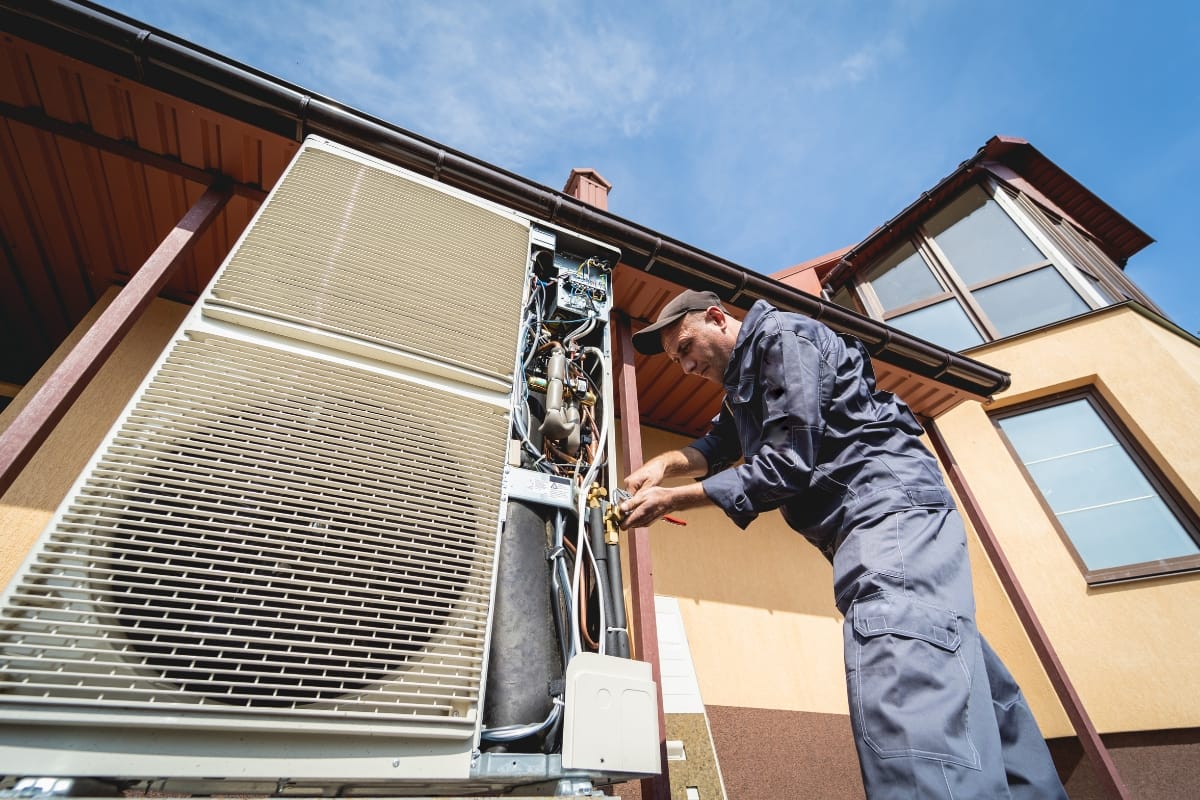
Maintaining your HVAC system on a regular schedule helps ensure reliable performance when the school year begins. A well-timed inspection and tune-up not only keeps indoor temperatures steady for homework and daily routines but also prevents small problems from becoming major repairs. Homeowners should plan maintenance at least once a year, ideally just before peak cooling or heating seasons. For many Smyrna homes, a late summer checkup prepares the system for the demands of early fall, while a spring visit readies it for winter operation. Sticking to this rhythm of semiannual or annual service extends equipment life, improves energy efficiency, and keeps comfort consistent throughout the school year.
Why Is Annual AC Servicing Recommended Before the School Year?
An annual service visit gives a comprehensive look at every critical component of an air conditioning system. Technicians clean condenser and evaporator coils, which restores proper heat exchange and prevents frozen coils or compressor strain. They replace or clean filters to ensure adequate airflow, reducing system workload and lowering energy consumption. Electrical connections are tested and tightened to avoid shorts or breakdowns in high-usage periods.
Refrigerant levels are checked to guarantee efficient cooling without overtaxing the compressor. Ductwork inspections reveal leaks or blockages that can sap cooling power and raise utility costs. Performing these tasks before the school year begins prevents unexpected breakdowns on hot afternoons, so students can study in comfort and families can stick to their routines without disruption.
What Does a Preventative Maintenance Plan Include for Smyrna Homes?
A preventative plan typically covers filter replacement, coil cleaning, refrigerant inspection, and airflow testing. In Smyrna’s humid climate, moisture control is crucial, so technicians also inspect condensate drains to prevent clogs and mold growth. Fall tune-ups may include minor heating system checks, ensuring that heat pumps or furnaces switch over smoothly when temperatures drop.
Many homeowners enhance these plans with smart thermostats that monitor system performance and send alerts when efficiency drops or maintenance is due. By tracking humidity levels and runtime patterns, these devices help pinpoint issues early and guide scheduling of service visits. A coordinated plan—aligned with seasonal weather shifts—ensures the HVAC system remains balanced, responds quickly to changing conditions, and delivers consistent comfort without surprises.
Planning and Benefits of Regular Maintenance
Setting up a maintenance schedule in advance guarantees that HVAC professionals can allocate time slots before demand peaks. Late summer appointments capture cooler days when technicians have availability, while spring slots are ideal for heating system checks. Properties that adhere to these schedules report fewer emergency repairs and often see lower energy bills, since a tuned system operates more efficiently.
Over time, maintenance investments pay off by reducing the likelihood of premature component failure and extending the usable life of major equipment. For families preparing for the back-to-school season, regular HVAC care means dependable cooling on warm afternoons, clear air circulation for healthy indoor environments, and fewer interruptions to daily life. By making maintenance a routine habit, homeowners protect both comfort and budget throughout the school year and beyond.
How Much Does HVAC Maintenance Cost and What Are the Savings?
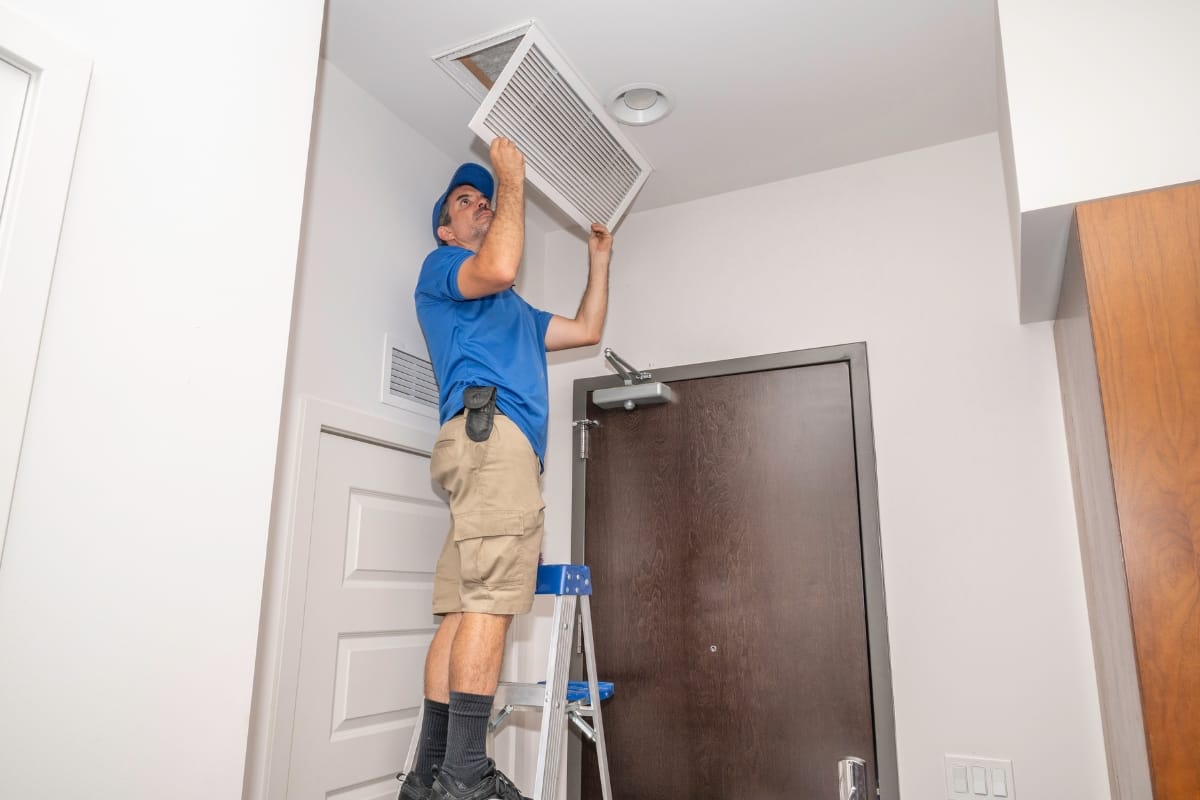
Budgeting for HVAC maintenance helps homeowners weigh the upfront expense against the long-term benefits of reliable, efficient cooling and heating. A well-maintained system not only runs more smoothly but also avoids the kinds of breakdowns that lead to costly emergency repairs. By investing in routine check-ups, families can protect their comfort, extend equipment life, and lower their utility bills.
Typical Price Range for Back-to-School HVAC Tune-Ups
In the Smyrna area, a standard tune-up in late summer or early fall generally falls between $150 and $300. The exact cost depends on factors such as the age and model of the unit, ease of access, and any specialized services required. This price typically includes a visual inspection of key components—compressor, fan motors, heat exchanger or evaporator coil—along with filter replacement, refrigerant level checks, and basic safety tests.
If minor repairs are needed, like tightening electrical connections or replacing worn belts, those may be added to the final bill. While the initial outlay may seem significant, it’s small compared with the expense of replacing a failed compressor or repairing a cracked heat exchanger, which can cost several times more.
Energy Savings From Routine Maintenance
An HVAC system that receives regular care operates more efficiently. Cleaning coils, clearing condensate lines, and changing filters all improve airflow and heat transfer, which reduces the work required from the compressor or furnace. Well-tuned equipment can cut energy use by 10 to 15 percent—a noticeable difference on monthly utility statements, especially during the back-to-school months when cooling demands spike. Over a single cooling season, those savings can add up to hundreds of dollars, offsetting much of the maintenance cost. In cooler months, similar benefits carry over to heating, as clean burners and properly adjusted gas pressures deliver warmth with less wasted fuel.
Reduction in Repair Expenses and Equipment Lifespan Extension
Preventive HVAC servicing catches small problems—such as refrigerant leaks, worn bearings, or failing electrical components—before they lead to system breakdowns. Fixing a minor leak or adjusting a loose connection is far less expensive than emergency compressor replacement or rewiring an entire unit.
Routine maintenance can extend the usable life of a system by up to 25 percent, delaying the significant investment required for a full replacement. In practical terms, a well-maintained air conditioner or furnace that might otherwise fail after 12 years could keep running efficiently for 15 years or more, spreading out capital costs over a longer period and improving the return on investment.
Frequently Asked Questions
Q: How often should I have my HVAC system serviced for optimal performance? A: It is recommended to have your HVAC system serviced at least once a year, ideally before the school season begins. Annual servicing helps detect potential issues, ensures efficient operation, and minimizes costly repairs. Homeowners in high-pollen areas or with pets might even benefit from biannual inspections.
Q: What are the signs that my AC needs immediate repair? A: Look for reduced cooling capacity, unusual noises, frequent cycling, or poor airflow. If your AC freezes up or you notice a sudden spike in energy usage, contact a professional technician immediately to prevent further damage.
Q: Can a programmable thermostat really improve my energy efficiency? A: Yes, a programmable or smart thermostat improves efficiency by automatically adjusting settings based on your schedule. This reduces energy waste while keeping your home comfortable, resulting in estimated savings of 10–15% on your energy bills.
Q: How does proper ventilation impact indoor air quality during the school season? A: Proper ventilation replaces stale air with fresh, filtered air, reducing indoor contaminants like dust, mold, and allergens. This is particularly important during the school season when high occupancy can lead to pollutant buildup, ultimately aiding HVAC performance.
Q: What immediate steps can I take if I suspect my HVAC system is underperforming? A: Start by inspecting and replacing air filters, cleaning any visible debris around the outdoor unit, and ensuring that vents remain unobstructed. If issues persist, schedule a professional system inspection to pinpoint and repair the problem before peak usage.
Q: Are there any local rebates available for upgrading to high-efficiency HVAC systems in Smyrna? A: Homeowners in Smyrna should consult local utility providers and HVAC contractors like CoolPro Heating & Cooling. Many offer rebates and financing options for energy-efficient upgrades, helping to offset the initial cost.
Q: How does regular HVAC maintenance contribute to overall system longevity? A: Regular maintenance reduces strain on all system components by keeping them clean and functioning efficiently. This proactive approach minimizes wear and tear, prevents small issues from becoming major problems, and can extend your HVAC system’s lifespan by up to 25%.
Final Thoughts
As the school year kicks into gear, ensuring your Smyrna home stays comfortably cool and energy-efficient is easier than ever with a few simple HVAC check-ups and adjustments. From scheduling a professional tune-up to upgrading your filter and optimizing your thermostat settings, these back-to-school HVAC tips will keep your family focused on homework—not on skyrocketing energy bills. When you’re ready to take your home comfort to the next level, trust the HVAC experts at CoolPro Heating & Cooling. Give us a call at 770-694-6232 or visit our website to schedule your service and start saving today!



